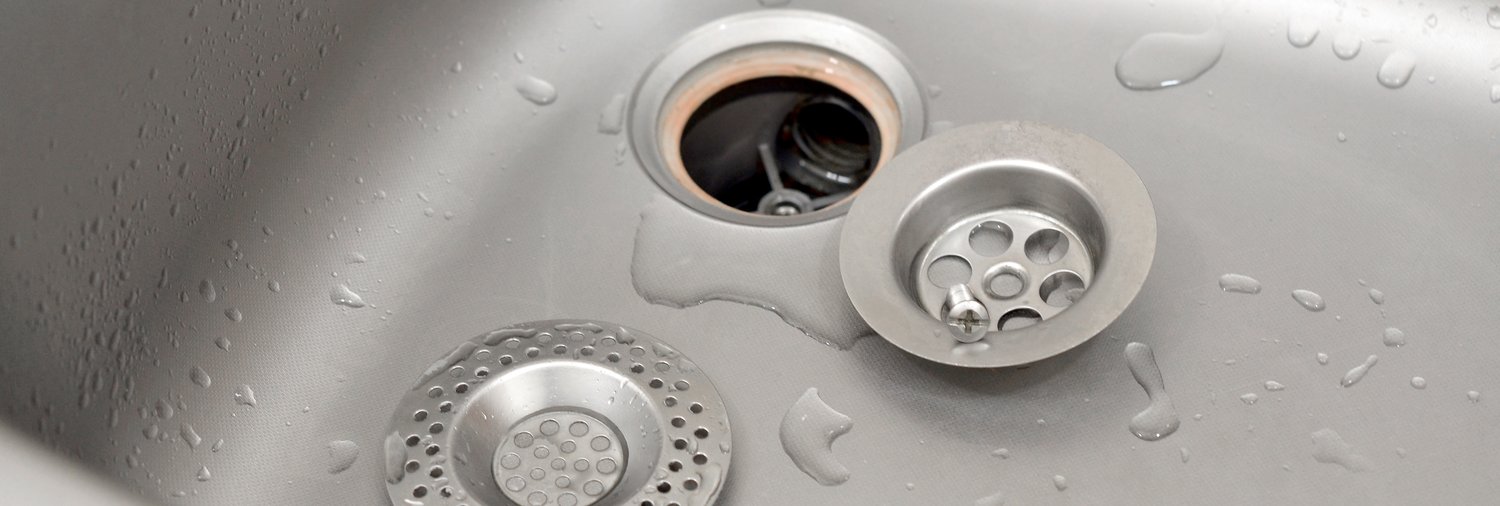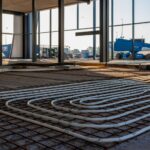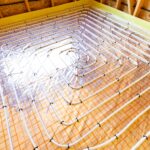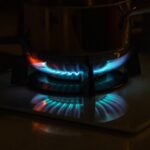Imagine the peace of mind that comes from knowing your home is protected from unexpected water heater leaks. A simple yet crucial step, installing a water heater pan could save you from the inconvenience and expense of water damage in your home. This article delves into the essentials of water heater pan installation, highlighting its significance as a reliable flood protection measure.
- Discover why a water heater pan is a vital component in flood protection and how it functions to safeguard your home.
- Gather detailed insights on the key materials and tools required for a successful installation.
- Follow a comprehensive step-by-step guide to install a water heater pan effectively, ensuring your home’s safety against leaks.
- Learn how to avoid common installation errors and ensure long-term effectiveness through proper maintenance practices.
By equipping yourself with the right knowledge and tools, you can make an informed decision and perform a flawless installation, ensuring your home’s protection. Engage with this guide to gain confidence in preventing water-related mishaps and optimizing your home’s safety plan.
Understanding Water Heater Pan Installation: Essential Steps for Flood Protection
Properly installing a water heater pan is an essential step in safeguarding your home against potential water damage. This simple, yet effective solution can prevent leaks from wreaking havoc, offering peace of mind and practical flood protection for your home.
The importance of a water heater pan cannot be overstated. It acts as a secondary containment, capturing any leaks from your water heater. By directing the water to a safe drainage point, it prevents water from accumulating around the heater, which can cause structural damage over time.
One of the standout benefits of using a water heater pan is that it provides an immediate barrier against leaks. It acts as the first line of defense by containing any drips or minor leaks, which can escalate if left unchecked. Therefore, understanding its function is crucial in ensuring long-term protection against floods.
Effective installation relies not only on selecting the right water heater pan but also understanding the specific materials needed. These materials play a pivotal role in the installation process, ensuring your setup is robust and capable of withstanding potential wear and tear over time.
Materials and Tools Required for Water Heater Pan Installation
Before embarking on the installation process, it’s vital to prepare by gathering all the necessary materials and tools. This proactive approach will streamline your installation, making it efficient and less prone to errors.
You will need a water heater pan that is appropriately sized for your water heater. Choosing the right size ensures maximum efficiency in flood protection. Additionally, a drain pipe is essential for directing any collected water toward a designated drainage point, thus preventing water buildup.
Necessary fittings such as adapters and seals are required to ensure the drain pipe is securely connected to the pan, providing a leak-proof system. Opting for high-quality fittings enhances the system’s reliability.
The installation will also require some common tools, including a pipe wrench, screwdriver, and measuring tape. These tools will assist in precisely installing and securing the components of your water heater pan system.
By assembling these materials and tools beforehand, you equip yourself with everything needed to undertake a smooth and successful water heater pan installation, setting the stage for enhanced flood protection in your home.
Step-by-Step Water Heater Pan Installation: Flood Protection Practices
Installing a water heater pan properly is crucial for efficient flood protection. By following these detailed steps, you can ensure that your home is safeguarded against potential leaks and flooding.
Step 1: Turn Off Water Supply and Power
Before beginning the installation, ensure the water supply to the heater is turned off. If your system is electric, switch off the power at the circuit breaker to prevent any accidents.
Step 2: Drain the Water Heater
Attach a garden hose to the drain valve and direct the other end to a suitable drainage point. Open the valve and allow the heater to drain completely to minimize the risk of spills during the installation.
Step 3: Disconnect the Water Heater
Carefully disconnect the water supply lines and, if applicable, the gas supply. Use appropriate tools to ensure safety and avoid damage to the connections.
Step 4: Position the Water Heater Pan
Carefully slide the water heater pan under the heater. Make sure it is centered and level to allow proper drainage. The pan should comfortably fit around the base of the water heater.
Step 5: Connect the Drain Pipe
Attach a drain pipe to the fitting on the pan. Extend it to a drain or a suitable outside location that can safely handle water discharge.
Step 6: Reconnect the Water Heater
Reconnect the water and power supplies. Ensure all connections are secure and double-check the positioning of the pan and drainage system.
Once installed, visually inspect the setup for any leaks. Your water heater pan is now in place, providing an essential layer of protection against flooding.
Common Installation Mistakes and How to Avoid Them
During the installation of a water heater pan, some common mistakes can compromise its effectiveness in flood protection.
Improper Sizing
Choosing the wrong pan size is a frequent mistake. Ensure that the pan can accommodate your water heater’s dimensions to prevent inadequate protection.
Neglecting Proper Drainage
Failure to install a proper drainage system can result in water overflow. Always direct the drain pipe to a safe location, and ensure it’s clear of obstructions.
Skipping the Leveling Check
An unlevel pan can lead to water pooling at one side, reducing the system’s efficiency. Use a spirit level to achieve a balanced installation and promote optimal drainage.
Poor Connection Practices
Loose or improperly reconnected water or gas lines can cause leaks, posing safety hazards. Double-check all reconnections for security and sealing.
By steering clear of these common pitfalls, you enhance the reliability and effectiveness of your water heater pan installation, ensuring sustained flood protection for your home.
Maintaining Your Water Heater Pan for Long-Term Flood Protection
Ensuring that your water heater pan remains effective in flood protection requires regular maintenance and diligent care. Consistent attention to your water heater pan not only prolongs its lifespan but also maximizes its ability to prevent water damage in your home.
Begin by incorporating routine inspections into your maintenance schedule. Checking your water heater pan monthly for any signs of wear or corrosion can significantly reduce the risk of leaks. Pay close attention to the drain pipe and fittings, ensuring they remain secure and intact. This proactive approach can prevent minor issues from escalating into major problems.
During inspections, it’s beneficial to clear any debris that may accumulate in the pan. Residue build-up can block the drain, impeding the pan’s ability to efficiently channel water away from the heater. Keeping the pan clean ensures unobstructed drainage and optimal flood protection.
Another critical aspect is to monitor the drain line. Over time, the drain line can become clogged or disconnected, compromising the pan’s functionality. Regularly check for any blockages or damages and address them promptly to maintain a reliable flood defense.
Lastly, it’s wise to integrate a periodic check for rust or corrosion. These issues can undermine the pan’s structural integrity. If you detect any signs of rust, consider replacing the pan or reinforcing its protective coating to maintain effective safeguarding against leaks.
By maintaining your water heater pan diligently, you can ensure its effective flood protection capabilities over the long term. This proactive care not only provides peace of mind but also protects your home from potential water damage.
Frequently Asked Questions About Water Heater Pan Installation
Why do I need a water heater pan?
- A water heater pan protects against leaks and mitigates potential flooding by directing water to a safe drainage point.
What size water heater pan should I buy?
- Ensure the pan is slightly larger than the base of your water heater for a proper fit.
Do I need a professional to install the water heater pan?
- While DIY installation is possible, hiring a professional ensures correctness and prevents possible errors.
Is it necessary to connect a drain pipe?
- Yes, connecting a drain pipe is essential for directing any leaking water to a safe drainage area.
How often should I check my water heater pan for maintenance?
- Inspect your water heater pan and its components at least twice a year for signs of wear or damage.





